Stephania tetrandra extract in Inflammation Control (IC) is the first herb I started on your protocol last August. It has helped tremendously with my joint and tendon pain. Per your suggestion, I was taking 6 caps per day (three times the recommended dose). A few times I had to temporarily stop this IC, and I found symptoms came back intensely within days. So it seems that I need to stay on it. I’m wondering if this IC stephania extract is safe to stay on at these high doses for many months. Recently I reduced the IC to 4 caps per day and added Plum Flower whole stephania, about 400mg/cap, 6 per day, in part to gain the benefits of the whole herb and in part to reduce cost. At the Vitamin Research Products website for IC, they have a “Cautions” link that brings up this info: “A strong inflammatory response is essential for a healthy immune response to infection, so this product [Inflammation Control] should not be used by anyone suffering an acute or chronic infections condition, unless such use is directed by your physician.” I realize that with lyme, we are dealing with a unique and very challenging condition. On page 147, you speak very highly about the many ways stephania is an excellent herb for lyme. What do you think about this caution and the safety of using Inflammation Control for a year? Or more?
I am not worried about this caution and have no warning flags coming up about extended use.





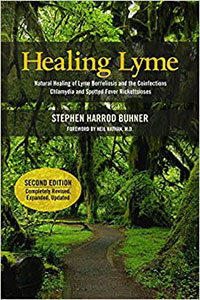
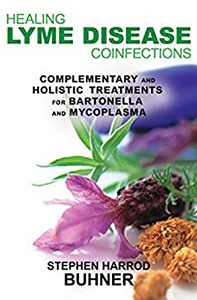
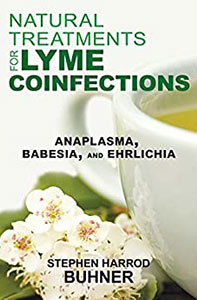
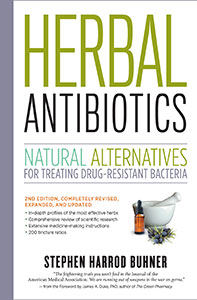
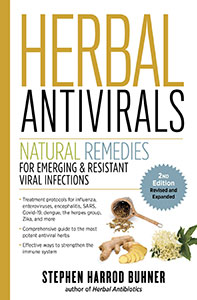



0 Comments